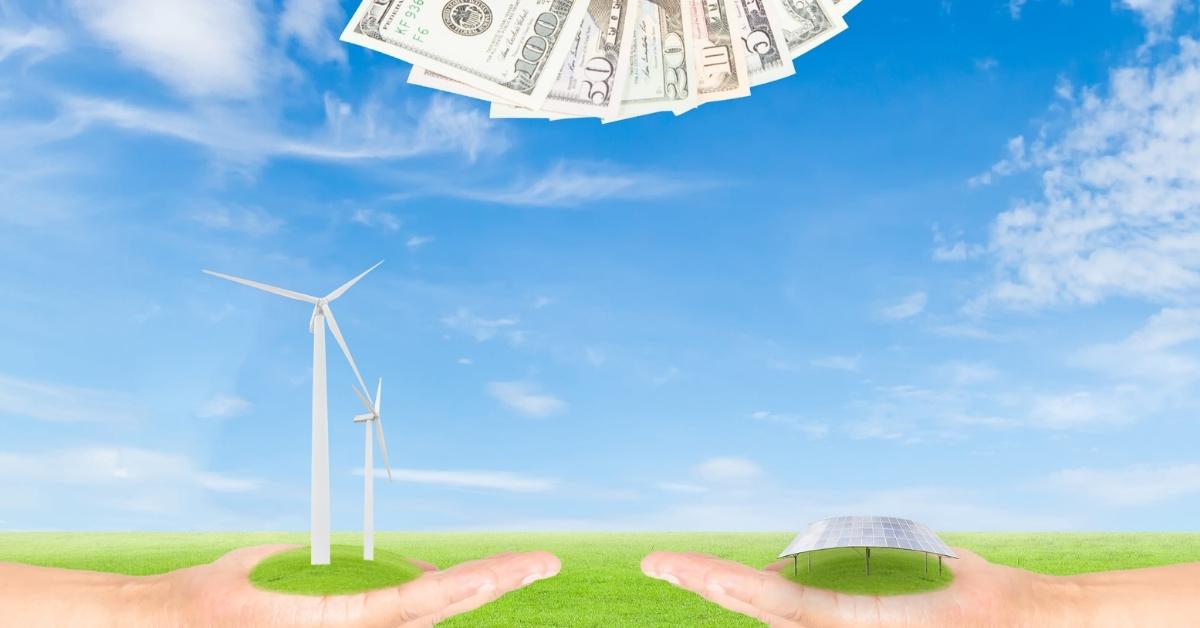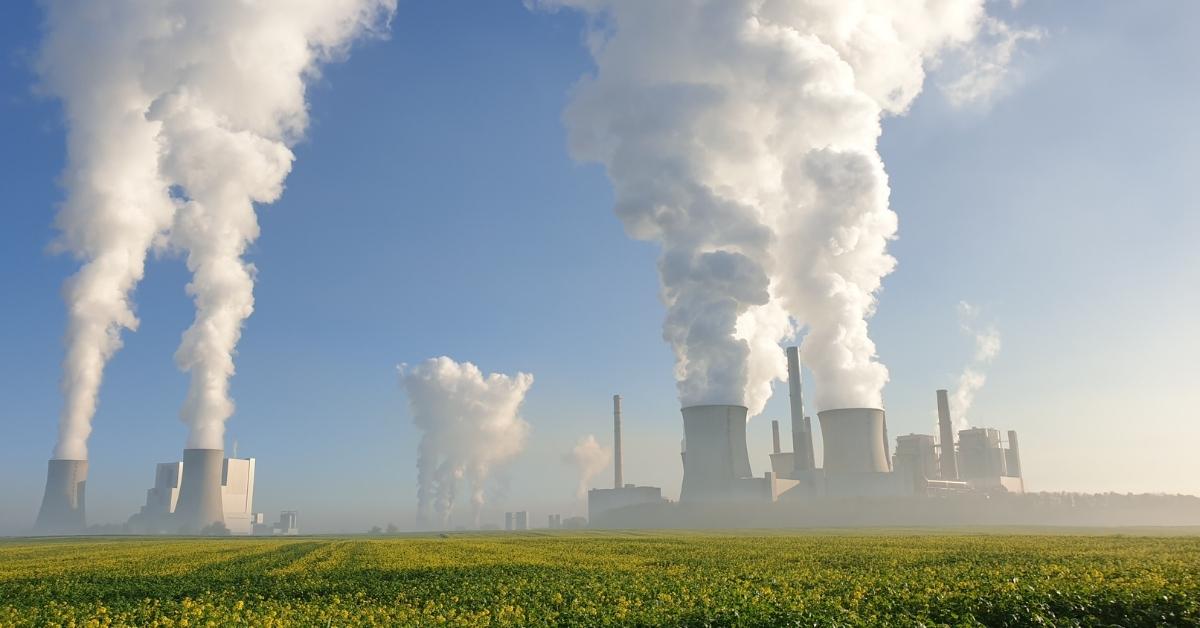Knowing how to invest in carbon credits is a great way for beginners to expand their investment portfolio. It is an area many investors overlook, but it is a unique investment gaining popularity.
If you want to learn about emissions trading and how to invest in carbon credits, read this guide. It explains environmental credits, how companies use them, and how you can start buying and selling carbon credits.
What are Carbon Credits?
Companies that produce significant carbon emissions often use offset credits to manage emissions. Emissions trading gives a company the ability to produce emissions.


Some companies use the credits voluntarily to make the company appear more environmentally friendly or to reduce their carbon footprint. Other companies use them because a regulatory agency requires them.
If a regulatory agency issues a company more credits than they use, they can sell the credits to other businesses that need them to continue operating.
The idea of environmental credits is that they offset the pollution created by manufacturing processes. When a company pledges to become carbon neutral, they often use the credits as a form of accountability.
The credits can also tie to an action that neutralizes the pollution the credit holder produces. So, if the holder is a paper manufacturer, each credit might offset the company’s carbon manufacturing by planting 1,000 trees.
Environmental regulatory agencies and global enterprises use emissions trading programs to reward businesses for lowering their carbon footprint.
Companies That Use Emissions Trading
The list of companies operating around the globe committing to net-zero emissions is growing steadily. Recently, Amazon, Facebook, and Netflix committed to being net-zero, as did Exxon and Shell, international fossil fuel producers. Several major mining companies have also committed to taking this step.
 These organizations are just a few more than 1,200 global organizations that have pledged to the United Nations Net-Zero Coalition and begun to take action steps towards accomplishing that goal.
These organizations are just a few more than 1,200 global organizations that have pledged to the United Nations Net-Zero Coalition and begun to take action steps towards accomplishing that goal.
Why Should You Invest in Carbon Credits?
Environmental credits are a relatively new investment opportunity in a rapidly growing sector. Currently, prices are down in many markets because businesses produced fewer emissions during the COVID-19 pandemic. As companies get back to their pre-pandemic production levels, emissions will rise. That means more companies will need to buy emissions credits, making them more valuable.
Furthermore, numerous international businesses recently pledged to produce net-zero emissions by 2030. When a global energy producer like Shell promises to be net zero, there is no way they can do that. So, they will have to purchase carbon credits to offset their emissions.
When these organizations start buying the credits, the prices will rise. These businesses are currently in the initial phases of implementing net-zero policies. So, many have not had to purchase emission credits in the past, but they will over the next few years.
Ways to Invest in Cap and Trade Markets
The best way to invest in cap and trade markets depends on your budget and how involved you want to be.
Emission Credit ETFs
ETFs that include net-zero and green businesses are probably the simplest way to invest in emissions trading. You can see your investment in your portfolio and track your investment earnings. However, in a new market, there are plenty of investment opportunities.

Carbon Offset Credit Futures Direct From Projects
One of the intriguing aspects of investing in carbon offset credits is that you can get involved with unique environmental projects. You can go directly to credit producers and invest in their projects at the beginning stages. When you purchase carbon credits directly, the issuer gives you a future credit payable when the project is complete.
Buy from a Reseller
Like stocks and commodities, emissions trades are available through resellers or investors who may have bought them from producers or other traders. When you buy through secondary markets, expect the prices to be higher. You should also verify the validity of the credits before purchasing them.
Invest in Companies that Use Carbon Offset Credits
One way to invest in carbon credits indirectly is to buy stock in companies that operate under net-zero guidelines. These businesses will likely continue to gain popularity with environmentally-conscious investors which should fuel future growth.
Invest in Credit Producers
Investing in an organization that produces carbon credits is another option. You are not buying actual credits. However, the value of offset producers will likely grow as more businesses begin buying the credits to offset their emissions.
Invest in Land
Land values have gone up significantly throughout the United States. With more farmers and companies using land to produce carbon credits, land prices are likely to inflate even higher. Investing in land allows you to start your carbon credit project or sell the land in the future when prices are higher.
To generate substantial income from credit production, you need to own a significant piece of land because the revenue generated per acre for carbon credits is only around $30 to $45. However, these prices are going up, and if you manage to come up with a unique carbon-reducing project, you may be able to sell your niche or Carbon+ Credits for much higher prices.
Carbon Credit FAQs
You have several excellent ways to get into emissions trading, and you know what carbon credits are and how businesses use them. Before you go, look at the answers to the most frequently asked questions about carbon credits.

How Much Land is Needed to Produce Carbon Credits?
The amount of land you need to produce credits depends on the type of land you own and where you live. For example, in New Zealand, you only need a hectare of mature forest land to start generating carbon offsets. That is just under 2.5 acres.
How Much Do Farmers Make from Carbon Credits?
The amount farmers make producing credits depends on how many carbon sequestration units or abatement they produce. Farmers can earn around $30 per credit and two per acre per year by stacking carbon-reducing actions. That means a 100-acre property could generate approximately $6,000 in credits per year.
Are You Going to Invest in Emission Credits?
Carbon credits are not a perfect investment for everyone. However, if you are looking for ways to diversify, emissions trading is a worthwhile consideration. Carbon cap and rate markets were initially introduced in the mid-to-late 2000s and had little traction. However, nearly twenty years later, emissions trading has been adopted by countries and states worldwide.
With so many major companies committing to net zero operations in the next ten years, this area will likely grow significantly. As a beginner, investing in ETFs that combine many players in the carbon credits industry is a good idea because it can help you familiarize yourself with the business and minimize your risk of loss.
